Samantha Sleeper
We visit the NYC fashion designer to talk about the process behind lace collaging

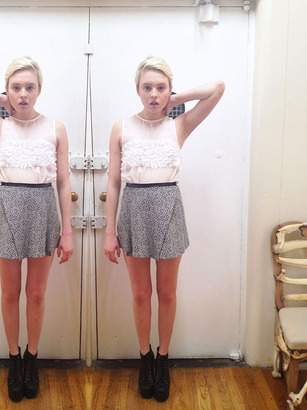
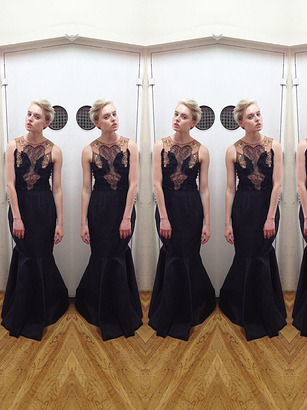
Designer Samantha Sleeper brings a fresh perspective to the art and fashion world with her eco-conscious technique of lace collaging, in which she uses remnants of the intricate fabric to create one-of-a-kind handmade pieces. On a recent visit to Sleeper’s studio we got a firsthand look at her design process and talked to the designer about the inspiration for her Fall/Winter 2012 collection, which is comprised of elegant downtown wares like motorcycle jackets, lace pockets for toting small bottles of whiskey and exquisitely crafted cocktail dresses.
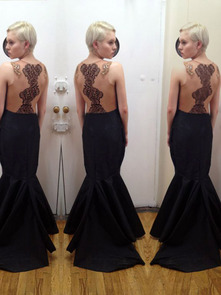
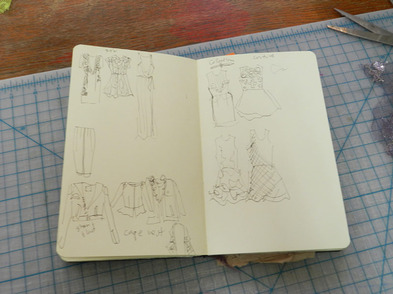
What was your inspiration for Fall/Winter 2012?
For Fall/Winter 2012 we looked at different types of fairytales—a lot of the more traditional with darker undertones, and this idea that in all of these there’s a turning point of a girl lost in the woods. So we picked our linings to be a wolf print and a flannel, and that idea of playing on the hunter and the hunted—which one are you? Since all those stories end up getting super dark and twisted—these girls are getting poisoned or eaten by animals—we asked how she protect herself in modern day. So, we reinvented some of our favorite motorcycle jackets with boxier versions, and used things that were really heavy and thick, just trying to pick fabrics that have a lot of texture and tooth to them. Also, picking pieces that are reversible was really important to me, too, because they always have a duality in character.
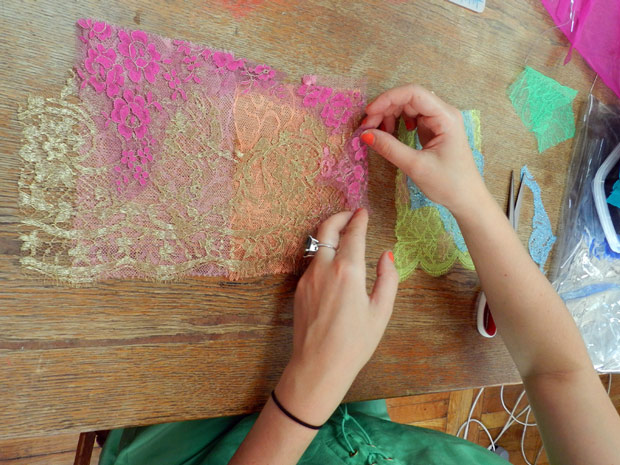
How did you get started with lace collaging and how do you go about it?
When I was at Parsons my senior year there’s a competition and it’s called Solstiss. So, basically, they sponsor two senior thesis collections, they provide all the fabrics and lace for them and the winning student receives the scholarship. I ended up winning the award, so they took me to France and I went to Lyon and Caudry to visit the mills. That summer when I went to France, I began to understand just how detailed lace was, it was made on lever looms the same way since the 1800s in a family-owned mill in Caudry, a super-small town where everyone basically works in lace. When you see the “Welcome to Caudry” sign it’s this stone hedge that has lace laser-cut into it.

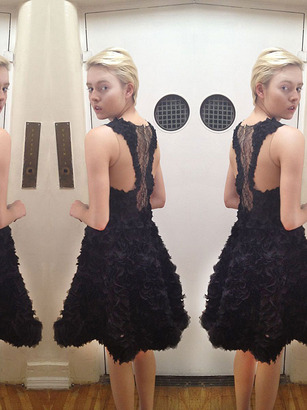
The lace was more about this technique and this way of creating a fabric that’s different than a brocade or a cotton loom— the method of making it was so beautiful and the pattern of it can be modernized and that’s sort of what I thought when I was leaving. It was clearly such a dying art. I had never seen—besides hand-woven carpets—fabrics that were still made in the traditional techniques on a mass-market scale. So, I knew that I wanted to do what I could to incorporate it into as many of my collections, even just to keep it around.
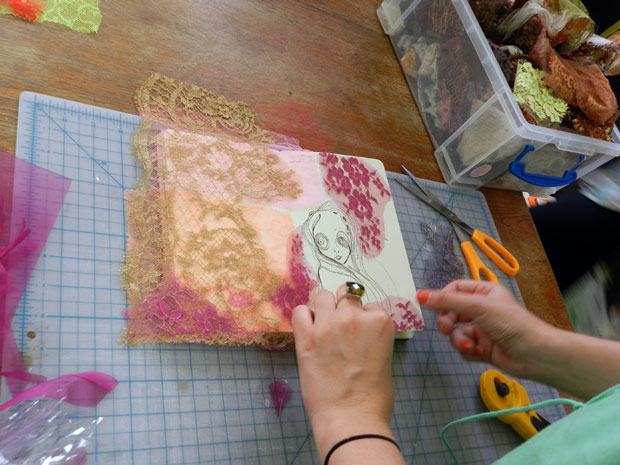
Also, the lace is crazy-expensive because it’s so labor-intensive, so I would get all these headers, which are these small pieces that you get when you’re ordering yardage, when you’re thinking about ordering it. You can’t make these 8.5 x 11″ pieces of fabric into a dress, but because they all have their own organic shapes and their own language of what’s going on I started to cut them up and collage them together to create yardage. Then it was like an oil painting, which is what I studied at Art Institute of Chicago before I went to Parsons. I realized because lace is so thin and there’s opacity in random areas you can start to layer them to create depth—it was beautiful, you were literally painting on the dress form and I had never seen another fabric that would allow me to do that in that way.


What about hand-making all the pieces appeals to your personal style or your mission as a designer?
What I love so much about fashion is the opportunity to transform someone into the type of narrative they want to create for that day and so I try to create pieces that are really special and transformative. We try and keep our silhouettes really clean and understandable and it’s about what’s happening in the fabric, and so we definitely do it by hand and a lot of it has to do with not wanting to waste anything. Lace is the only fabric that I could collage seamlessly, everything else needed another use, so we started to incorporate that because I really hate being wasteful. Every little thing we put in the bin we can find a use for. Some people call it being a pack rat.

So for your Fall/Winter 2012 collection are there any pieces that are clearly indicative of your brand or that comes from another process?
For fall my girl is very edgy and pretty downtown. We made this pocket for a little take-away bottle of Jameson, one of those personal bottles, thinking about what a girl at a concert might need. Sorry, Mom! And again, I love having special detailing on the inside, just finding ways to make every seam special. We have a reversible dress—you unzip it all the way down and it’s very clean and then inside all the seams are bound in leather. So it’s a nice rocker downtown vibe.
Samantha’s is currently working on her Spring/Summer 2013 collection, and her Spring/Summer 2012 line is available for purchase on her website.












